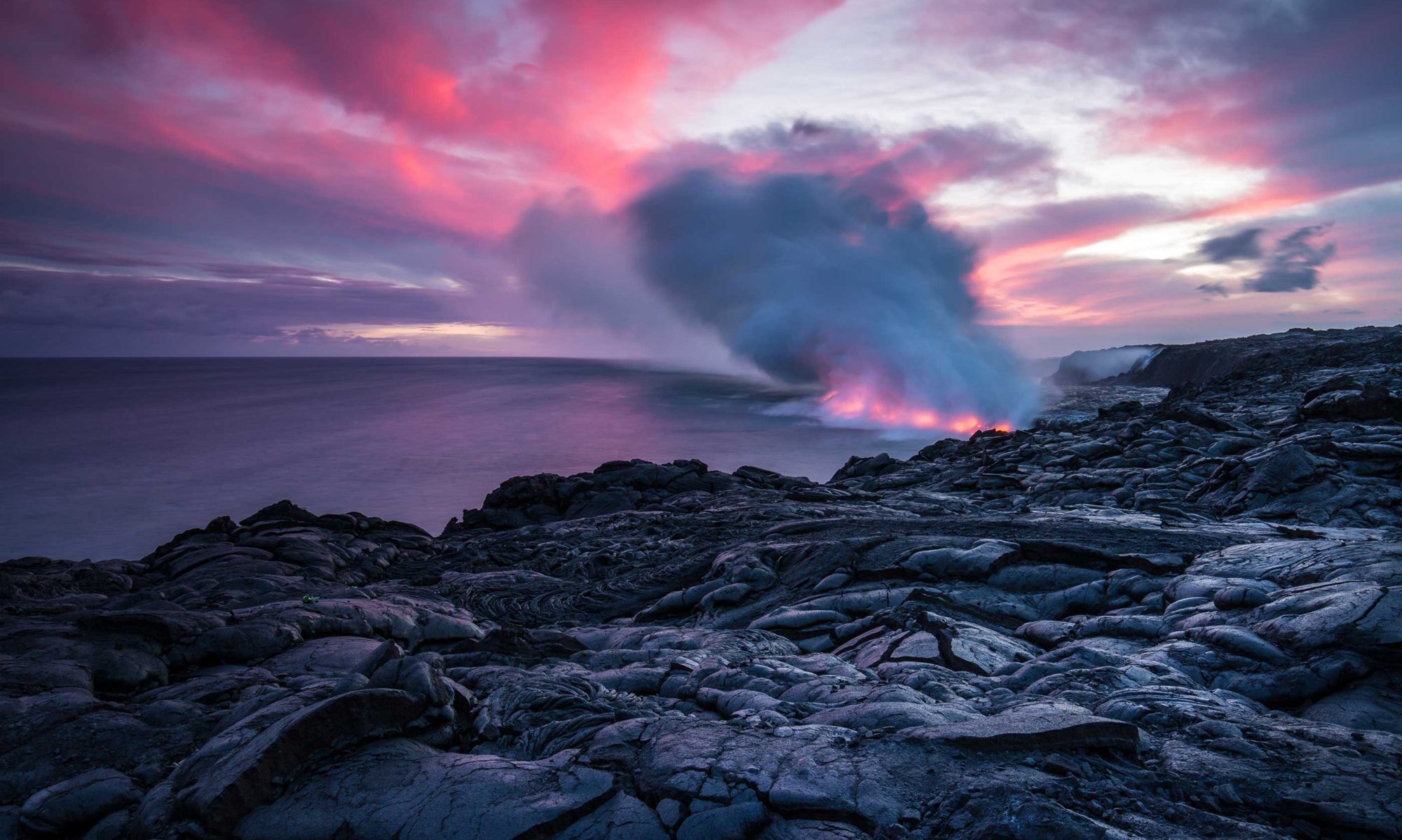The Greenland ice sheet, one of the largest ice masses on Earth, is melting at an unprecedented rate, driving global sea level rise and disrupting weather patterns worldwide. Understanding its changes is vital, but precise measurements of its volume and shape have historically been difficult. The European Space Agency’s CryoSat and NASA’s ICESat-2 have transformed this landscape, combining advanced radar and laser technologies to deliver highly accurate and complementary data.
CryoSat, using radar altimetry, sends radar pulses that penetrate clouds and some snow layers to measure ice elevation. This capability allows CryoSat to collect data even in cloudy conditions, but it requires adjustments for signals that sometimes reflect from beneath the ice surface. On the other hand, ICESat-2 employs laser altimetry to measure the exact surface of the ice sheet with extraordinary precision. However, its lasers cannot penetrate clouds. These differences make the two technologies highly complementary, offering a fuller picture of the Greenland ice sheet when their data is combined.
The Cryo2ice campaign, launched in 2020, aligned CryoSat and ICESat-2’s orbits to measure overlapping areas simultaneously. This groundbreaking synchronization enabled researchers to merge radar and laser data, providing the most detailed insights yet into ice sheet dynamics. According to a study published in Geophysical Research Letters, the measurements from CryoSat and ICESat-2 agree within 3% of actual changes, greatly enhancing confidence in the results.
From 2010 to 2023, the Greenland ice sheet experienced significant thinning, averaging four feet overall and reaching up to 250 feet in regions like Zachariae Isstrøm. This rapid ice loss contributes directly to global sea level rise, threatening coastal cities and ecosystems worldwide. The integrated data from CryoSat and ICESat-2 have been instrumental in quantifying these changes with unprecedented accuracy.
These advances have critical implications for climate science and policy. The data improves models of ocean circulation, as meltwater from the Greenland ice sheet alters global currents and weather patterns. Accurate measurements also inform planning for coastal infrastructure to mitigate the effects of rising sea levels. Additionally, the insights support policymakers in crafting strategies to address climate impacts more effectively.
The collaboration between CryoSat and ICESat-2 underscores the power of combining complementary technologies. By working together, these missions provide a more complete and reliable picture of ice sheet changes than either could achieve alone. As Thorsten Markus, ICESat-2 project scientist, observed, this approach maximizes the potential of satellite missions to understand and address complex environmental challenges.
Looking ahead, missions like CRISTAL will build on this foundation, further refining measurements of snow depth and ice mass. These efforts are essential for monitoring the ongoing impacts of climate change on polar regions and their ripple effects on global systems.
The partnership between CryoSat and ICESat-2 marks a milestone in understanding the Greenland ice sheet. Their precise data is invaluable for scientists, policymakers, and planners working to adapt to and mitigate the profound challenges posed by climate change.

